Djurica Resanovic lost his leg in a motorbike accident several years ago which resulted in amputation above the knee. Thanks to novel neuroprosthetic leg technology, Resanovic was successfully merged with his bionic leg during clinical trials in Belgrade, Serbia. “After…
Tag: RESEARCH/DEVELOPMENT
NIH researchers develop MRI with lower magnetic field for cardiac and lung imaging condition
Redesigned MRI holds promise for the diagnosis and treatment of diseases
NUS researchers contribute to a Science paper on high-performance low-cost thermoelectrics
Professor Stephen J. Pennycook and Dr Haijun Wu from the National University of Singapore’s (NUS) Department of Materials Science and Engineering collaborated with Professor Li-Dong Zhao from the School of Materials Science and Engineering in Beihang University, China, in a…
Modeling the complexity of the world’s water
Research team led by Pitt receives more than $1.3 million to develop ‘CyberWater’ modeling framework
Just add water: simple step boosts polymer’s ability to filter CO2 from mixed gases
An international team of researchers has found it can significantly boost an existing polymer’s ability to selectively remove carbon dioxide (CO2) out of gas mixtures by first submerging the material in liquid water. “Normally, improving the permeability of a gas…
Shape affects performance of micropillars in heat transfer
New study shows how the shape of nanostructures impacts how well they retain water — and heat
New research identifies the strengths and weaknesses of super material
Scientists from Aarhus University and the University of Cambridge are first to measure and set guidelines for bolted joints using the up-coming replacement for Kevlar: the ultra-strong material with the catchy name ultra-high molecular weight polyethylene
GARDP and Entasis Therapeutics initiate global phase 3 trial of zoliflodacin
The Global Antibiotic Research and Development Partnership (GARDP), a not for profit organisation developing new treatments for drug resistant infections, and Entasis Therapeutics (NASDAQ: ETTX), a clinical-stage biopharmaceutical company focused on the discovery and development of novel antibacterial products, today…
European quantum experts meet in Helsinki to discuss the progress & future of quantum technologies
* Organised by the Finnish Presidency, Aalto University, VTT Technical Research Centre of Finland, the Academy of Finland, and the Quantum Flagship, the event will take place on October 17-18. * Representatives from the quantum technology communities will review present…
Silicon technology boost with graphene and 2D materials
Silicon semiconductor technology has done marvels for the advancement of our society, who has benefited tremendously from its versatile use and amazing capabilities. The development of electronics, automation, computers, digital cameras and recent smartphones based on this material and its…
Material for nuclear reactors to become harder
Scientists from NUST MISIS developed a unique composite material that can be used in harsh temperature conditions, such as those in nuclear reactors. The microhardness of the sandwich material is 3 times higher compared to the microhardness of its individual…
Solar cells with new interfaces
Innovative two-dimensional materials increase the efficiency
SwRI team designs two-dimensional radar reflector to measure subtle ground movement
Technology now available to support infrastructure monitoring, climate, military applications
NASA sale launches HRL laboratories’ commercial 3D-printed aluminum effort
NASA’s Marshall Space Flight Center is the first customer for commercial sale of feedstock for additive high-strength aluminum
$3M grant to create cybersecurity modeled after human body
University of Arizona electrical and computer engineering researchers are training a future cybersecurity workforce and creating bioinspired methods for keeping computers secure
High-speed microscope illuminates biology at the speed of life
Developed by Columbia scientists, New SCAPE 2.0 system can serve as a critical tool to advance science and medicine
Development of highly sensitive diode, converts microwaves to electricity
Aiming to create sensor networks that do not require dedicated power sources
Turning up the heat for weed control
Weeds are thieves. They steal nutrients, sunlight and water from our food crops. In the case of sugarcane, yield refers to the amount of biomass and the sucrose concentration of the cane, which ultimately determines the amount of sugar produced.…
AIDS and Cancer Specimen Resource renewed with $22 Million grant
The AIDS and Cancer Specimen Resource has been renewed for 5 years
Conservation and business researchers partner to disrupt wildlife trafficking
EAST LANSING, Mich. – Faculty from Michigan State University will join forces and combine wildlife trafficking and supply chain expertise to reduce a global crime with far-reaching impacts. The team will merge supply chain and conservation datasets, comb through logistical…
Pilot safety training technology wins Air Force grant for app-based simulator
WEST LAFAYETTE, Ind. – Simulator technology aimed at advancing critical communication and safety for pilots and passengers may soon be helping the U.S. Air Force with training operations. PlaneEnglish, created by two Purdue University alumni, has received a $50,000 SBIR…
How cities can leverage citizen data while protecting privacy
Study offers models for preserving the privacy of citizens while using their data to improve government services
Battery with a twist
Today’s electronics industry is increasingly focusing on computers or smartphones with screens that can be folded or rolled. Smart clothing items make use of wearable micro-devices or sensors to monitor bodily functions, for example. However, all these devices need an…
Researchers can now place single ions into solids
New technique enables implantation of individual ions into crystals with an accuracy of 35 nanometers
Brown, Dartmouth researchers to explore materials, matter states for quantum technologies
PROVIDENCE, R.I. AND HANOVER, N.H. [Brown University and Dartmouth College] — Quantum technologies have the potential to spur revolutions in computing, sensing, cryptography and beyond. With a $4 million grant from the National Science Foundation, a team of researchers from…
Discovery of novel cancer signaling mechanism and design of new anticancer compound
Using a newly synthesized compound and advanced immunofluorescence techniques, scientists uncover novel signaling mechanism in cancer and also propose new channel of treatment
ORNL to develop clean water solutions in new DOE $100M innovation hub
The National Alliance for Water Innovation, a partnership of the Department of Energy’s Oak Ridge National Laboratory, other national labs, university and private sector partners, has been awarded a five-year, $100 million Energy-Water Desalination Hub by DOE to address water…
Today’s forecast: How to predict crucial plasma pressure in future fusion facilities
A key requirement for future facilities that aim to capture and control on Earth the fusion energy that drives the sun and stars is accurate predictions of the pressure of the plasma — the hot, charged gas that fuels fusion…
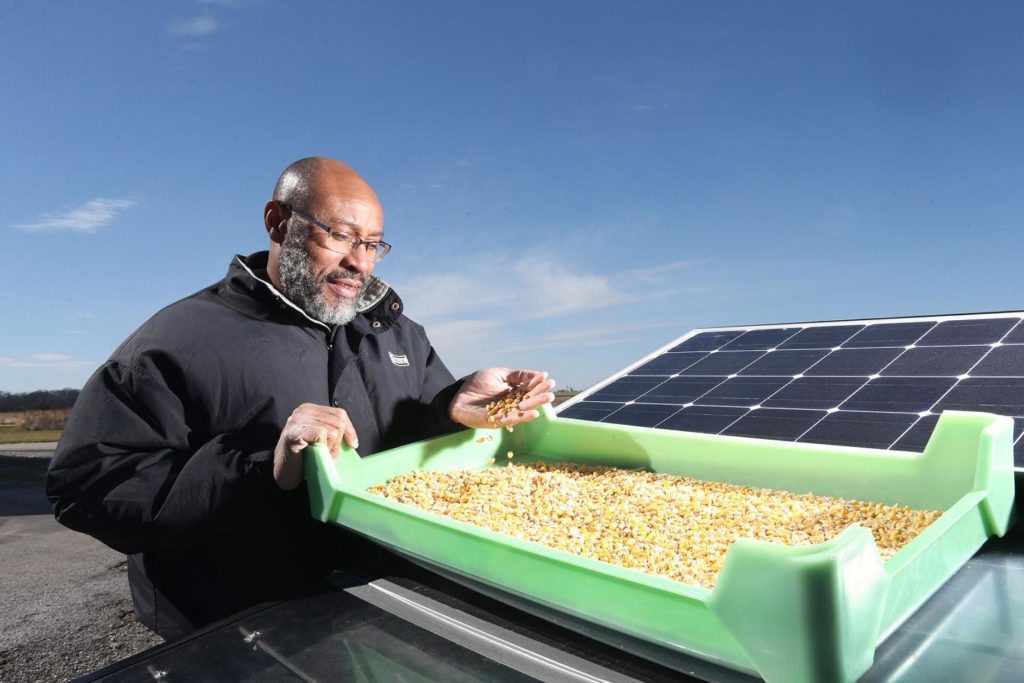
Startup developing solar-powered crop-drying devices receives grants worth $150,000
Grants from USDA, Elevate Ventures will help JUA Technologies International move past research and development
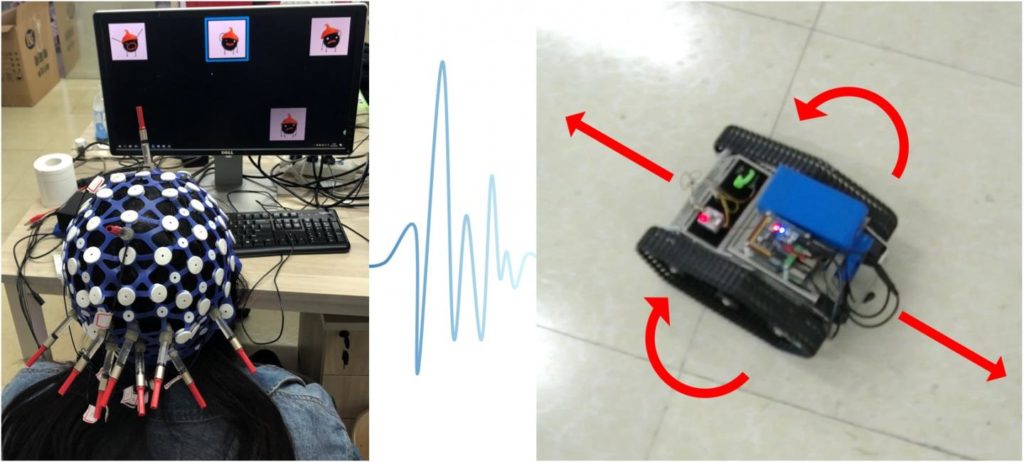
Brain-computer interfaces without the mess
It sounds like science fiction: controlling electronic devices with brain waves. But researchers have developed a new type of electroencephalogram (EEG) electrode that can do just that, without the sticky gel required for conventional electrodes. Even better, the devices work…
Novel approach to ultrasound raises possibility of new medical applications
A new ultrasound technique provides a non-invasive way of assessing bone structure on the microscale. Researchers hope to fine-tune the technique for use in assessing osteoporosis risk and treatment. Researchers have also demonstrated that a variation of the same technique…
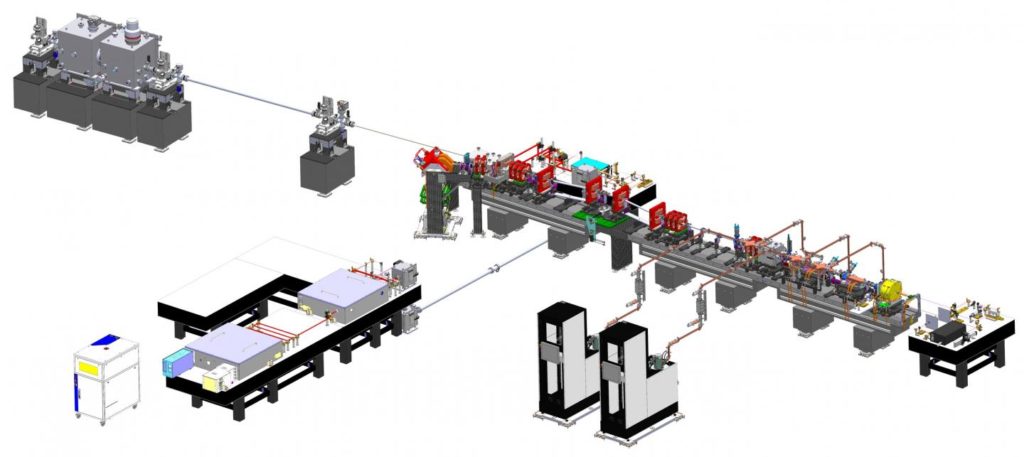
Revolutionary laser instrument receives $4.7 million boost from the National Science Foundation
Deep within the subterranean confines of Building C–the latest addition to the Biodesign Institute at Arizona State University–a pathbreaking machine is quietly taking shape. Designed to unlock some of nature’s tiniest and most fleeting mysteries, the Compact X-ray Free Electron…
Dartmouth research advances noise cancelling for quantum computers
Experiment with MIT marks important step in development of more precise qubit systems
Cyber security of connected autonomous vehicles trialled
The security, privacy and safety of connected autonomous vehicles (CAVs) has been improved thanks to testing at WMG, University of Warwick
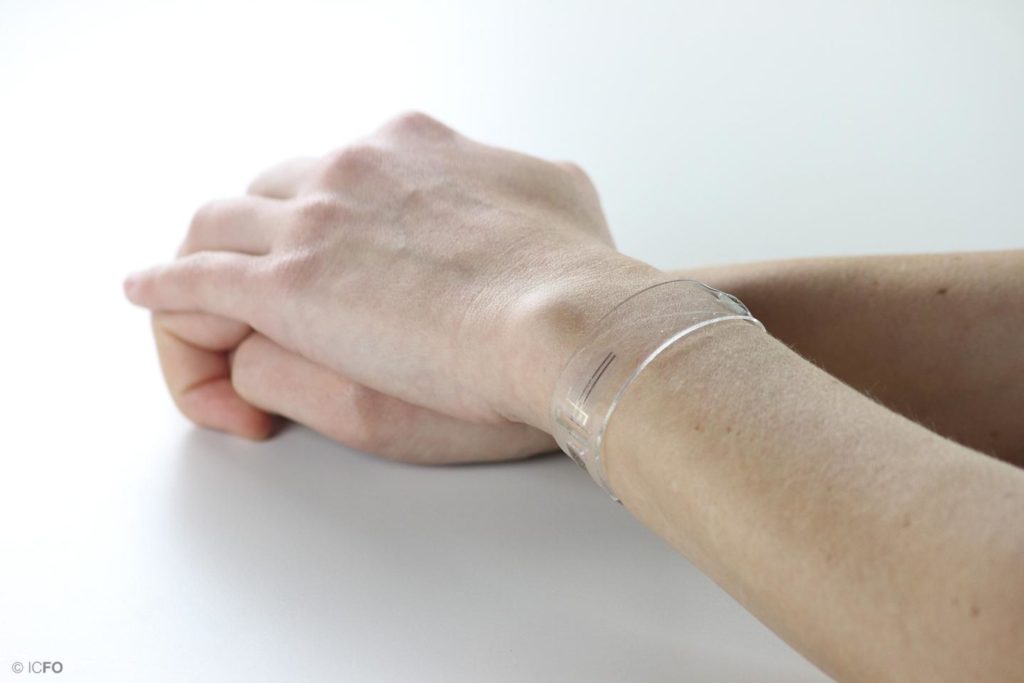
New health monitors are flexible, transparent and graphene enabled
New technological devices are prioritizing non-invasive tracking of vital signs not only for fitness monitoring, but also for the prevention of common health problems such as heart failure, hypertension, and stress related complications, among others. Wearables based on optical detection…
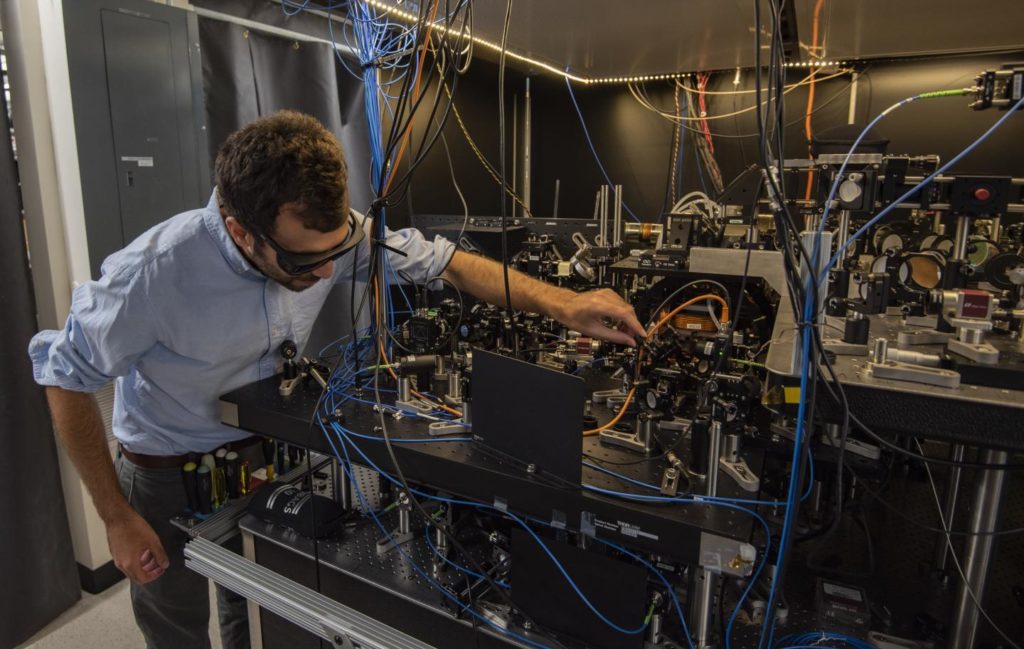
JILA’s novel atomic clock design offers ‘tweezer’ control
JILA physicists have demonstrated a novel atomic clock design that combines near-continuous operation with strong signals and high stability, features not previously found together in a single type of next-generation atomic clock. The new clock, which uses laser “tweezers” to…
Charge change: How electric forces vary in colloids
Prof Hiroyuki Ohshima summarizes major findings regarding electrokinetic properties of colloids and

A robot with a firm yet gentle grasp
UB engineers develop a dynamic gripper that mimics the adjustable grip of a human hand, an advanceme
Popular mobile games can be used to detect signs of cognitive decline
New research led by the University of Kent shows that popular mobile phone games could provide a new tool to help doctors spot early signs of cognitive decline, some of which may indicate the onset of serious conditions like dementia.…
Spin devices get a paint job
Simple copper becomes an effective spintronic component thanks to molecular film
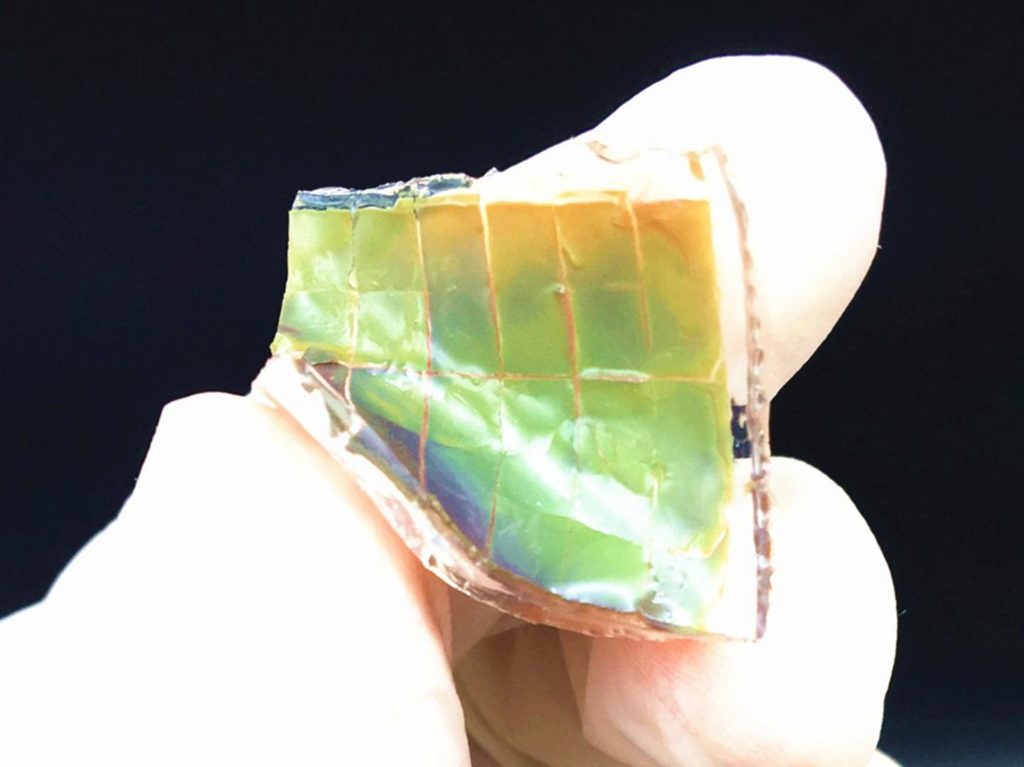
A chameleon-inspired smart skin changes color in the sun
Some creatures, such as chameleons and neon tetra fish, can alter their colors to camouflage themselves, attract a mate or intimidate predators. Scientists have tried to replicate these abilities to make artificial “smart skins,” but so far the materials haven’t…

Insects as food and feed: research and innovation drive growing field
Entomophagy, insect agriculture showcased in new special issue of Annals of the Entomological Societ
Future of portable electronics — Novel organic semiconductor with exciting properties
Researchers synthesize a new substance that can potentially be adapted to form a semiconductor with
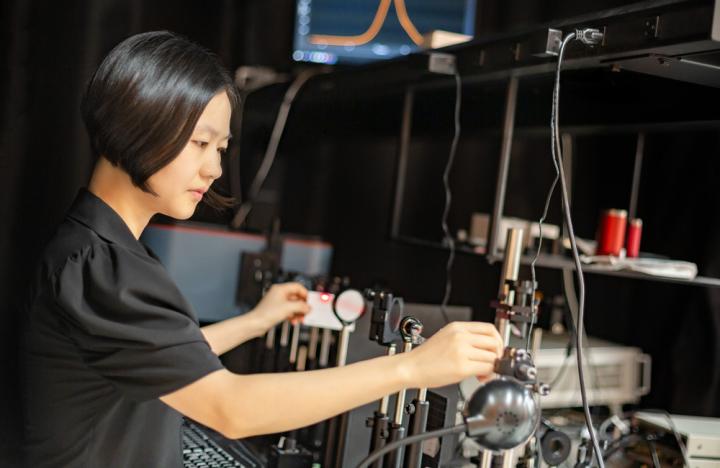
UT Dallas electrical engineer shining new light on moving data on microchips
Optical fiber, which uses light to transport vast amounts of data quickly between computers and other electronic devices, has revolutionized modern society, from the high-speed internet that flows into our homes to global communications. But the microchips that power everything…
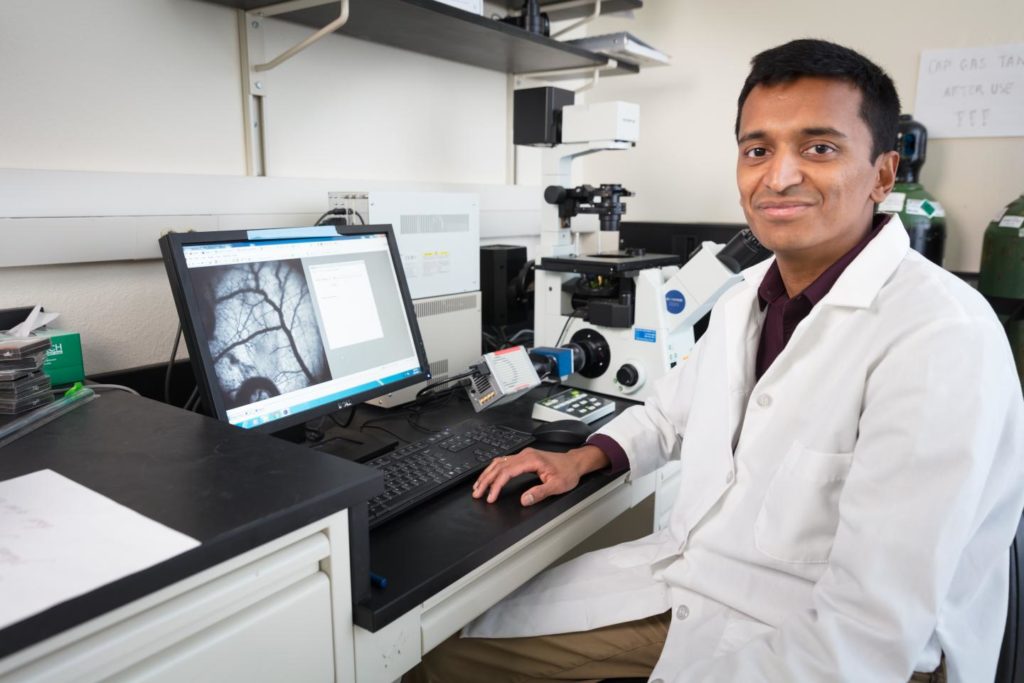
NIH funding to support research into cancer treatment monitoring
The goal is to help patients and doctors by monitoring treatment response during therapy and allowin
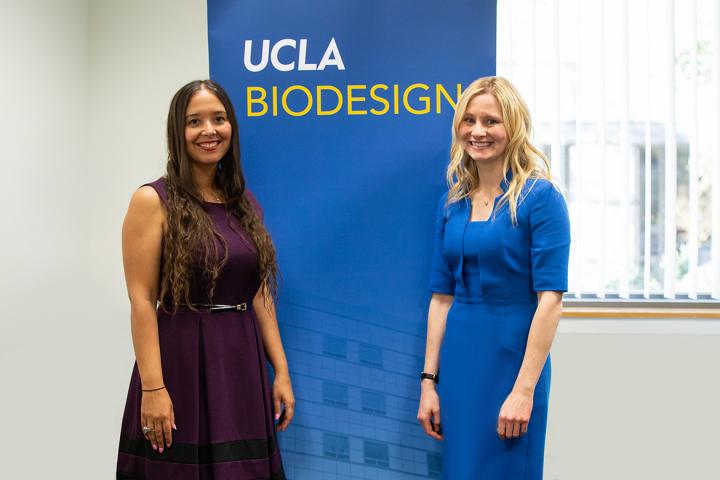
UCLA Health earns federal innovation grant
New Biodesign Hub will focus on developing health care technology
Cleveland Clinic Medical Innovation Summit focuses on ‘Caring for Every Life Through Innovation’
17th annual summit to bring together more than 100 speakers and leaders from around the world
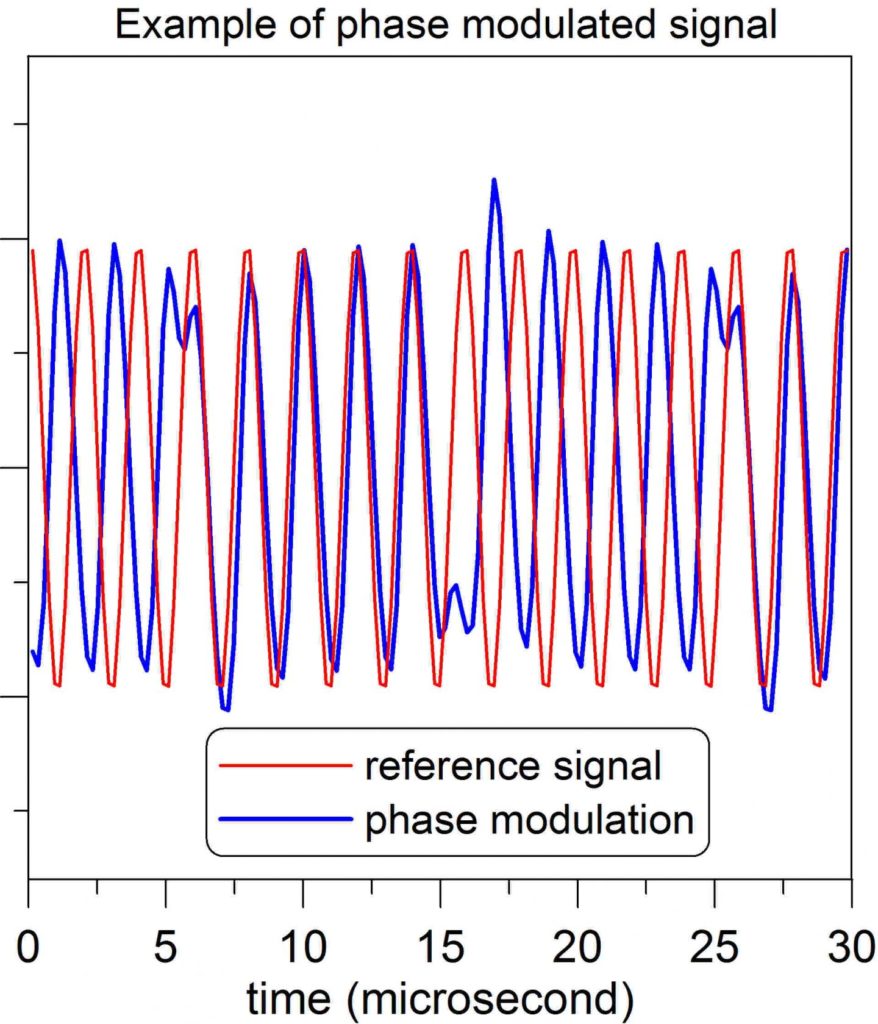
NIST team shows atoms can receive common communications signals
Researchers at the National Institute of Standards and Technology (NIST) have demonstrated a new type of sensor that uses atoms to receive commonly used communications signals. This atom-based receiver has the potential to be smaller and work better in noisy…

Corrosion control: Topside drone keeps vessels ship-shape
ARLINGTON, Va.–The unmanned aerial vehicle (UAV) launches straight up from the deck of the USS Midway, its operator carefully maneuvering the UAV in front of the ship’s air traffic control tower. Along the UAV’s predetermined flight path, the camera mounted…
Tuberculosis mutation discovery paves way for better treatments
PNAS publishes Rutgers New Jersey Medical school study: ‘Phase variation in Mycobacterium tuberculos